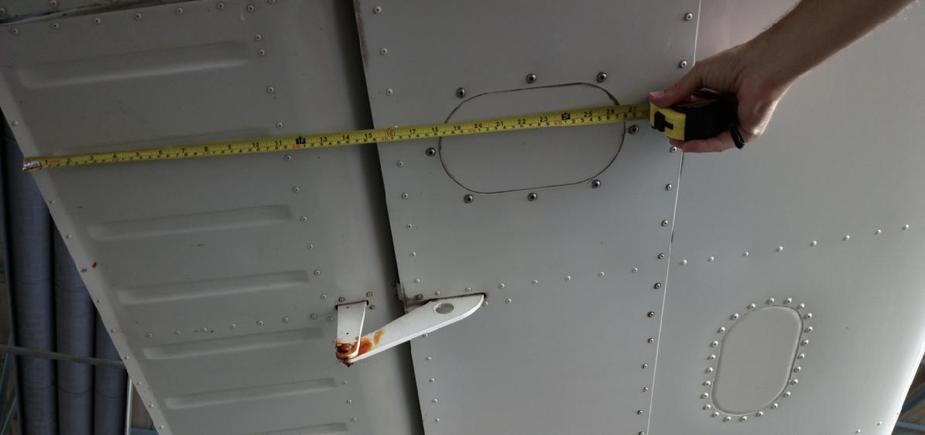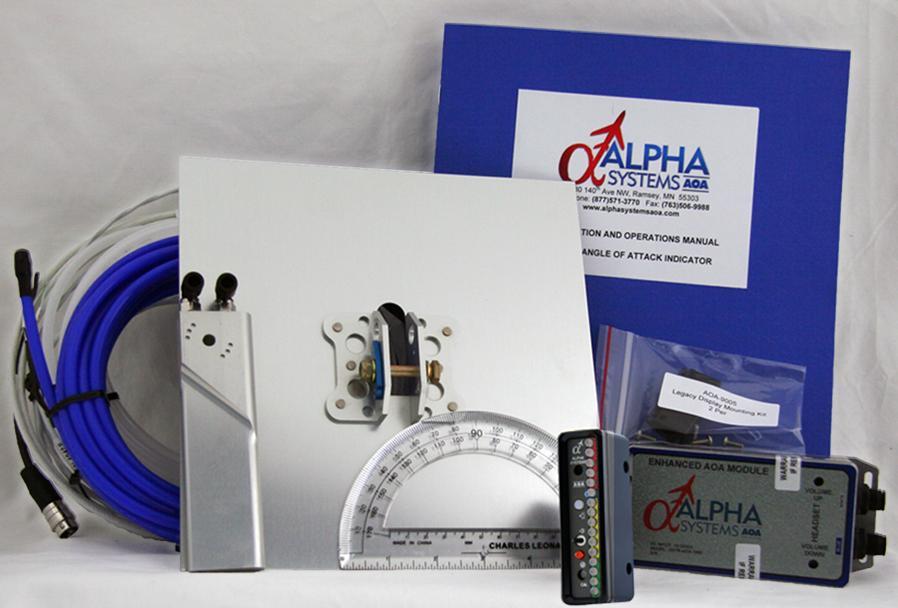I could buy a TB21 easily but continue to choose not to.
What are the reasons for that choice Peter ?
Extra things to go wrong, and few (if any) of the engines making TBO without cylinder cracks. Also I don’t need the extra altitude very often.
For a significantly more aggressive mission profile I would buy a Jetprop.
I’ve had some correspondence with Alpha, trying to check if a particular inspection cover on the TB20 wing is a suitable location, but while they communicate efficiently, they seem unwilling to commit to a reply.
An inspection cover is the obvious place to mount it since it avoids hacking a hole in the wing and you get easy access to the other side. The one in question is the one which on the other wing has the pitot tube, so “common sense” tells me it “should” be fine, but you can’t be sure because the pitot tube is affected by various things and the POH contains corrections for that. I am especially concerned about the flap or aileron which is only about 100-200mm behind that location.
Clearly the heated probe is the one to go for – a bit pointless otherwise!
Clearly the heated probe is the one to go for – a bit pointless otherwise!
Yes! Especially if you intend to use your AoA indicator as a backup for your ASI for which the most common failure is icing…
The one in question is the one which on the other wing has the pitot tube, so “common sense” tells me it “should” be fine…
Position-wise certainly and since your AoA indicator most probably won’t be a calibrated instrument anyway the little disturbances that affect the pitot tube are meaningless. My concern would rather be the structure. Is the cover onto which the ASI probe is mounted reinforced in some way? Or it’s mounting flange or the wing surface panel into which it is inserted? There are certain aerodynamic loads acting on the probe and if these are not properly supported by the wing it could result in deformations of the wing section or even flutter. I can fully understand why there is no reply from Alpha… You should maybe try to ask Socata?
I have made zero progress getting Alpha to give any opinion on any proposed location on the TB20. I sent them this photo (among others)

They reply
What do people here think? The Socata pitot tube is installed in the same inspection cover (under the other wing), after all.
The other thing is that their heated probe, at 28V and 7.5A, will dissipate 210 watts. This is an awesome amount of heat. The pitot probe draws 5A which is 140 watts and it is too hot to touch within 20 seconds. I would estimate that the Alpha heated probe will rise by something like 200degC over ambient, in stationary air. They have confirmed there is no temperature regulation, adding
Our probe was not designed to be used on the ground, as called out in our manuals, just like other pitot probes.
One learns something every day. I would expect a pitot probe to withstand being on while on the ground.
I think a temperature switch like this
mounted right next to the probe, inside the inspection cover, would be a damn good idea…
This reminds me one of Corky Meyer’s articles about head-to-head testing on the Corsair vs the Hellcat and a purported indicated airsspeed difference between the two – which was solved by moving the static port in order to increase displayed airspeed :).
What Alpha seems to say is “move it until it works” :)
I would expect a pitot probe to withstand being on while on the ground.
Our pitot static and AoA heaters (they come on together) are limited to two minutes on the ground. Supposedly, the bearing of the AoA vane gets too hot after that and blocks the motion of the sensor.
The essential parts are visible here

The probe mounting is a decent quality metal bracket, which can take heat OK. But 210 watts exiting through it will “remove” the Socata paint…
Standard heated probe:
They also do a lower profile one:
I am a little concerned about the clear plastic tubes…
On a pitot probe of this style
it isn’t so bad because the heater is just in the horizontal part. Whereas the Alpha probe will fairly obviously get heated all the way through.
Another update:
The Alpha Systems indicator brightness can’t be adjusted other than via the button on the unit. That’s not bad but not ideal. OTOH it does remove the simple point of failure which is the instrument lighting bus… I did the same on the RHS Sandel EHSI and put in a brightness knob for it.
Another update:
There is a serious problem mounting the AOA sensor on the opposite wing to the pitot probe: if you use the heated AOA probe (which you obviously have to; the standard one is a chocolate teapot) the 7.5A of current is sure to move the fluxgate which is normally in the same wing (opposite wing to where the pitot is).
There is no practical way to shield the magnetic field. You would have to wrap the cable to the heated probe in mu-metal foil. The current is supposed to cancel if you use twisted pair but in practice it never really does…
And if you readjust the fluxgate after the AOA installation, that’s no good either because if you turn off the AOA heater (or it fails) you get a heading error.
So I think the AOA probe needs to go on the same wing as the pitot.